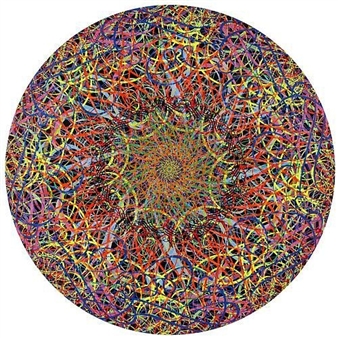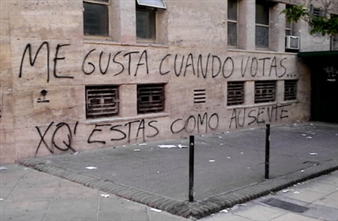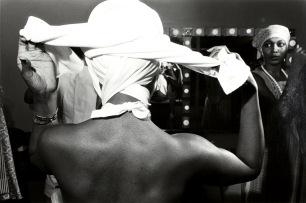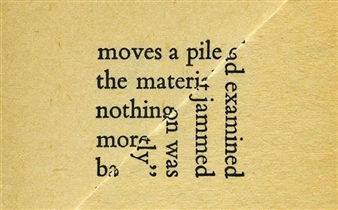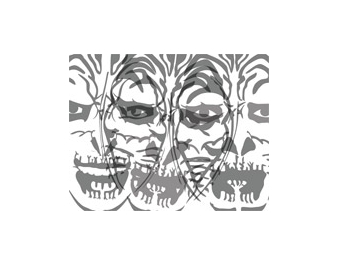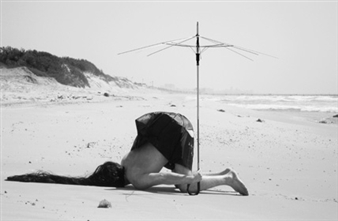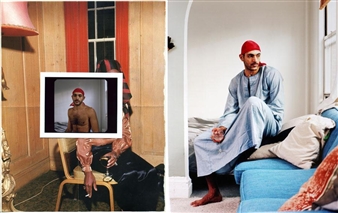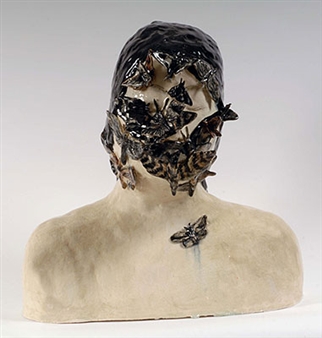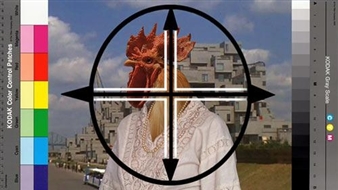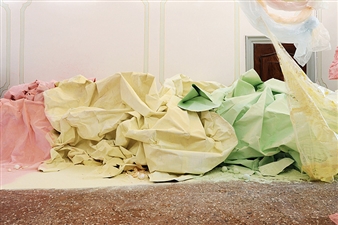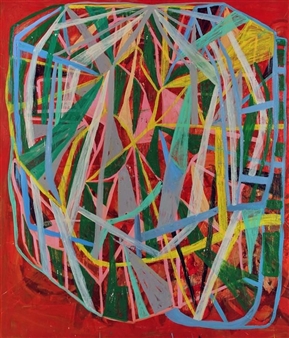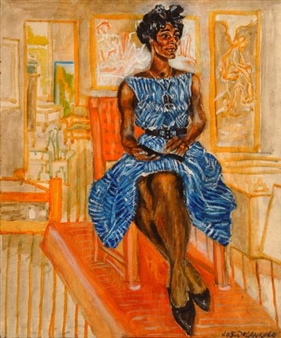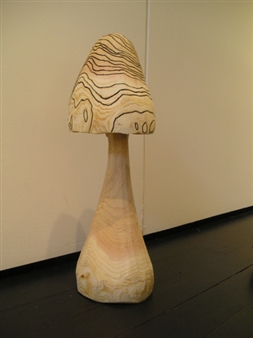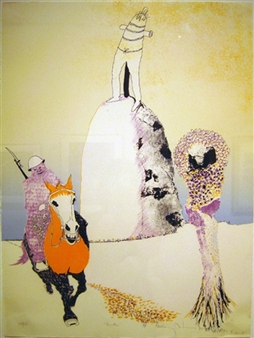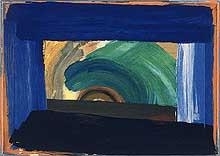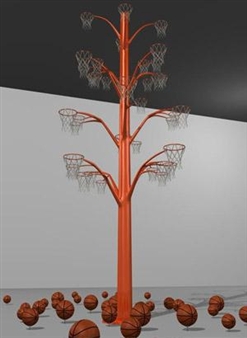Microscopes and Binoculars
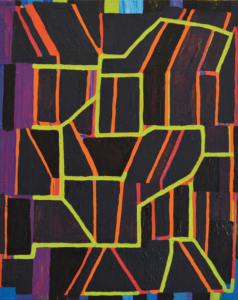
Hoffman LaChance Contemporary, Missouri, Saint Louis, 03/20/2015 - 04/11/2015
2713 sutton boulevard
"Microscopes and Binoculars," a group show at Hoffman LaChance Contemporary, features the work of 14 painters who re-examine traditions of painting through different modes of abstraction. Curated by Michael Wille, the show includes artists from New York and Los Angeles as well as artists from smaller, less represented towns and cities in Illinois, Michigan, Pennsylvania, and New Hampshire, to name a few. The paintings are hung single-file along the gallery’s white walls. With one piece per artist, the exhibition is a proverbial smorgasbord of paintings, each work a tantalizing sample of larger bodies. Paintings done in different styles by artists at different stages in their careers and from different regions co-mingle, resulting in a thoughtful selection of works, unassumingly presented in an organized, albeit somewhat fragmented arrangement.
Some, like Christopher Kuhn, experiment with different strategies of mark-making. The raw linen surface of his painting, Pink Lemonade, is riddled with graphic stripes, blended gradations, scumbling, and scraped-on globs. Curvilinear swoops create a mass that hovers in the center of the composition. Stripes fill in parts of these shapes, and are arranged in a gradation of light yellow to dark ochre, receding to the back of the picture plane. In other areas, a loaded brush scumbles parallel strokes of red and purple until the paint is depleted. Thick daubs of crimson and orange are arbitrarily scraped onto the surface like stiff butter on burnt toast, as if for no other reason than cleaning his palette knives. Another artist, Todd Arsenault, also experiments with mark-making, but unlike Kuhn, who uses a variety of marks, Arsenault focuses on the gestural potential of line and drawing’s relationship to painting. Orange, green, and black strokes meander aimlessly on the surface of Underground Century. The colors are dirty and chalky; the impasto strokes are thick and awkward. Underneath these are smudged purples and magentas with stark, factory white canvas peeking through. With its linear marks and aggressive paint handling, Underground Century looks like the love child of Willem de Kooning and Josh Smith.
Other works in the show are almost representational. A smaller painting by Lucy Pink, Tripped, feels like a surrealist landscape with its pink sky and earth-toned foreground. Cadmium red, ochre, and umber shapes are stacked atop each other in rock-like formations. Dark shapes resemble the ominous cast shadows that brood in Giorgio de Chirico’s still cityscapes. Thomas Berding blurs representation with abstraction even further with his presumably titular work, Watchtower. At first, the painting looks like a non-objective investigation of pictorial organization and color relationships, like a Hans Hofmann with added day-glo colors. Upon closer examination, however, the looming structure formed from bold yellow streaks reveals itself to be the construction that no doubt inspires the work’s title.
In his painting, Meandering No. 4, Michael Wille portrays the interplay between flatness and depth through an accumulation of layers. Although his surface is smooth like glass, the edges are crusted and uneven, gummed up with multiple coats of viscous paint. Pressed to the foreground, a shroud of hazy, fluorescent pink flattens the surface while taped-off, irregular rectangles cut through and create hard-edged windows that reveal geometric blue, red, and gray shapes beneath, jostling against each other in an infinite atmosphere. Clare Grill also experiments with spatial relationships, but her colors are neutral, and her marks are soft. Dark brownish-black, fingerprint-sized smudges cover the surface of Porch, like ashes cascading down or moths lazily fluttering around a porch light. They are delicately rendered, dark in the center but lighter and soft at the edges and could be borrowed from Ross Bleckner. Behind these, a lyrical composition made of muted pastel shapes disappears into the linen’s toned ground. Shapes and marks move forward and recede, quavering with uncertainty.
Microscopes and binoculars are both optical instruments that implement closer inspection. They allow users to continue looking, digging deeper to better understand their subjects. Likewise, the artists in "Microscopes and Binoculars" continue looking—hard, unpacking what constitutes abstract painting. All these artists work within conventional parameters: oil or acrylic, canvas or linen stretched on rectangular supports, ignoring tired claims that this particular medium has long been exhausted and is no longer relevant. Rather than being daunted by painting’s undeniable weighty history, these artists accept the challenge. They recognize the treasure trove that this history provides them, and draw inspiration from its virtually unlimited resources, picking up where others left off, and continuing conversations.
For More Information